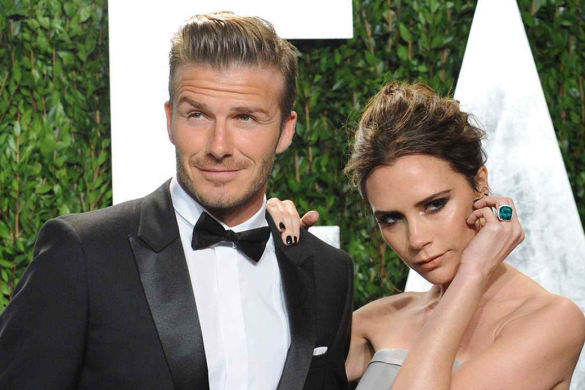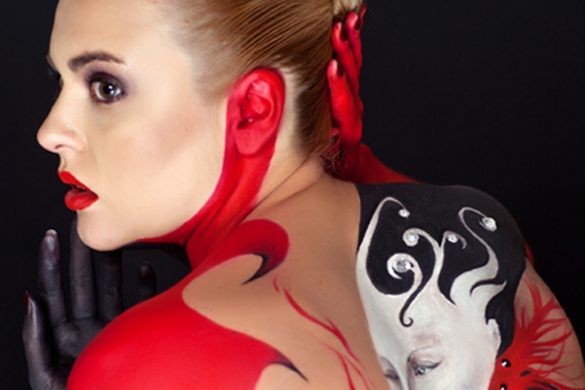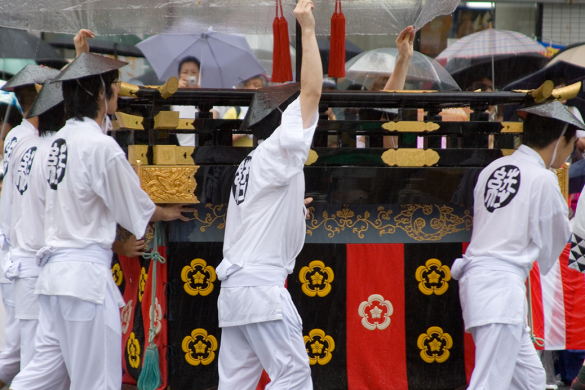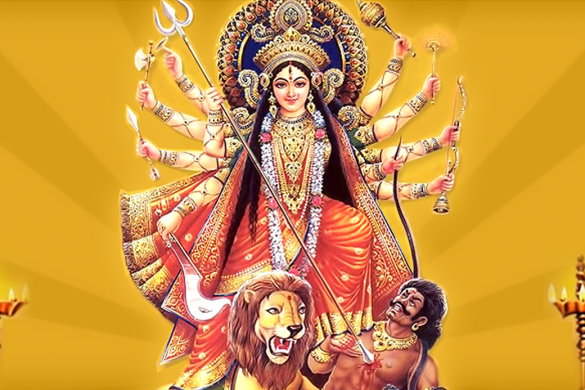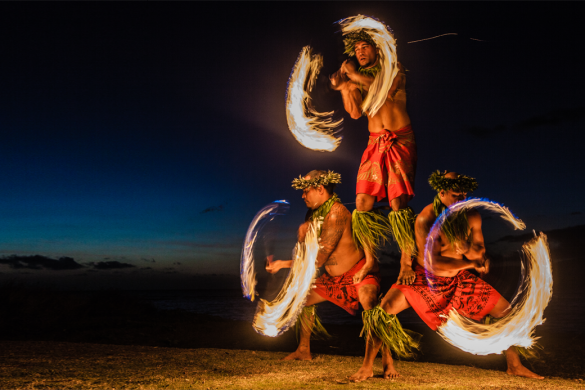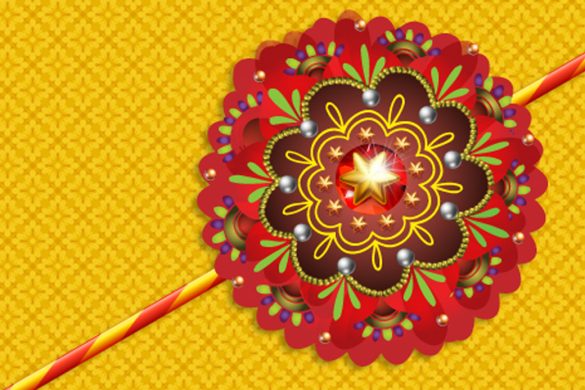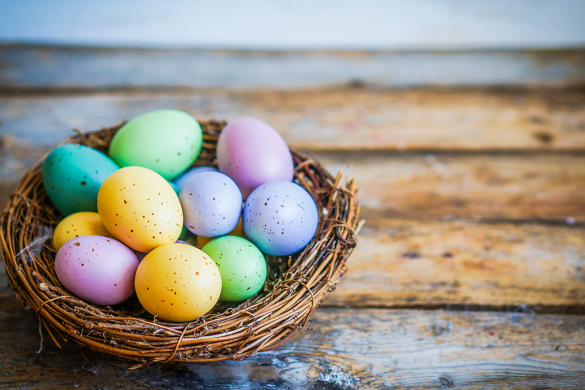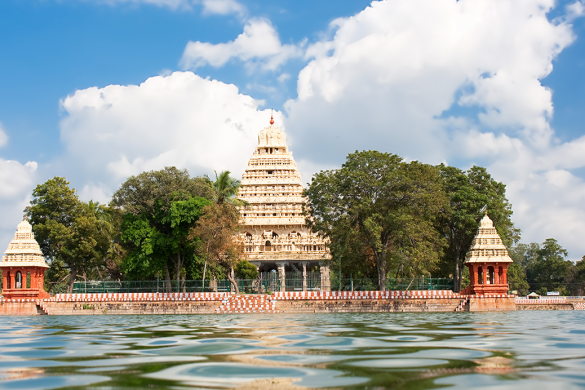Africa is the original, unmoved bit of land from back when the planet had just one big land mass called Gondwana. And right now, about 550 million years later, we’ve yet to uncover even a tenth of the mysteries this continent has hidden so very well. Morocco is a country in North Africa and it is home to the Berber clan of the Imilchil Mountains, who celebrate amongst them a festival called ‘The Imilchil Wedding Moussem’ or the ‘Wedding Festival.’ This year’s dates are around the 24th-26th September. This wedding festival is one of the most surprising and quaint ones you’ll ever come across and has in the recent years, been the main attraction for tourists coming to visit Morocco.
Just like most stories that have an aspect of romance, the Imilchil Wedding Festival is said to be rooted in a tragedy. Legend has it that two lovers belonging to warring tribes fell in love but were not allowed to get married by their families. Their grief was so great that the tears they shed created two rivers; ‘Isli’ meaning bridegroom and ‘Tislit’ meaning bride. The two young lovers ultimately committed suicide by drowning into the respective lakes and a pall of gloom descended upon the entire village till the tradition was changed and youngsters were allowed to marry whomsoever they chose.
Each September, the Berber clan and its neighbouring tribes, the Aït Sokham and Aït Bouguemmaz gather at a high point on the plateau of the High Atlas mountain region of Morocco. The younger brides are accompanied by their parents to ensure a good match is made while women within the clan at a high position do not require any supervision. The event or, as many call it, wedding market, is an opportunity for young people to mingle, share their tribal cultures and rituals, connect to their roots and be an active part of a strongly emotional story that has moved legions of people. The brides deck up in their fineries. The Berber women mostly wear black or similar, neutral coloured clothes with the monotony broken by brightly embroidered patterns. They apply cosmetics made from various natural resources available to them and use these to emphasize already sharp features. The most attractive part about their outfit is the vivid and elaborate headgear in rich vegetable colours, twined around their heads like turbans or scarves and bold silver jewellery jewellery twined with glass, fabric and other crystals. They also wear metallic headpieces with disc like, flat jewellery dangling from the central chain.
The gathering now has a dual purpose of celebrating ancient traditions and the influx of tourism a festival such as this brings. Nowadays, apart from the engagement ceremony which takes place on the first day, the tribal clans indulge in showcasing their traditional song and dance rituals too!


